At Triennale Milano during Milan Design Week 2024, industrial designer Kenji Takeuchi curated “Walking Sticks & Canes,” an exhibition of 18 international designers asked to re-imagine the titular object, which had undergone an evolution in different eras.
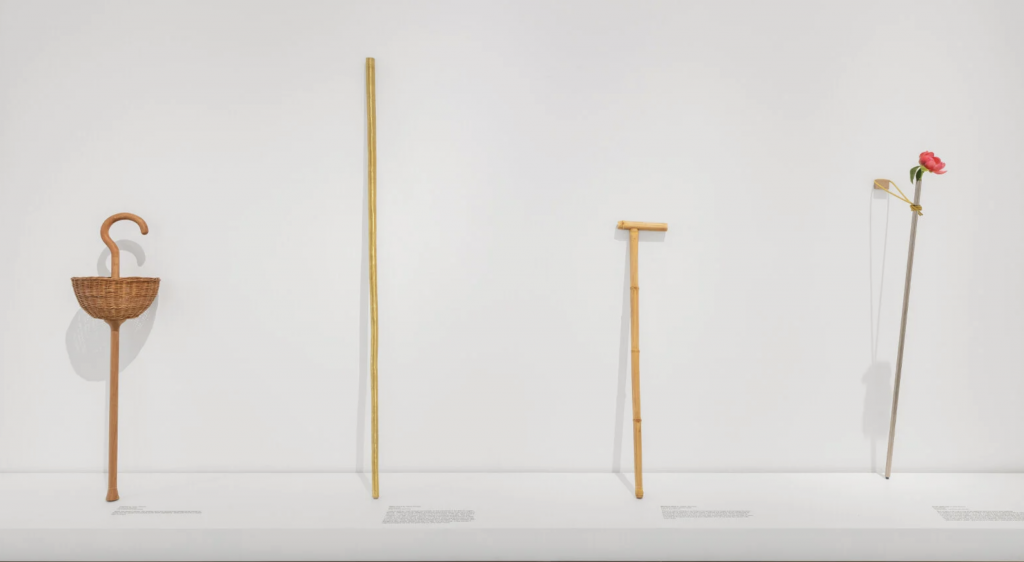
According to Takeuchi, first walking sticks that were made on the spot as needed evolved with social changes and cultural developments, naturally taking on different purposes and meanings.
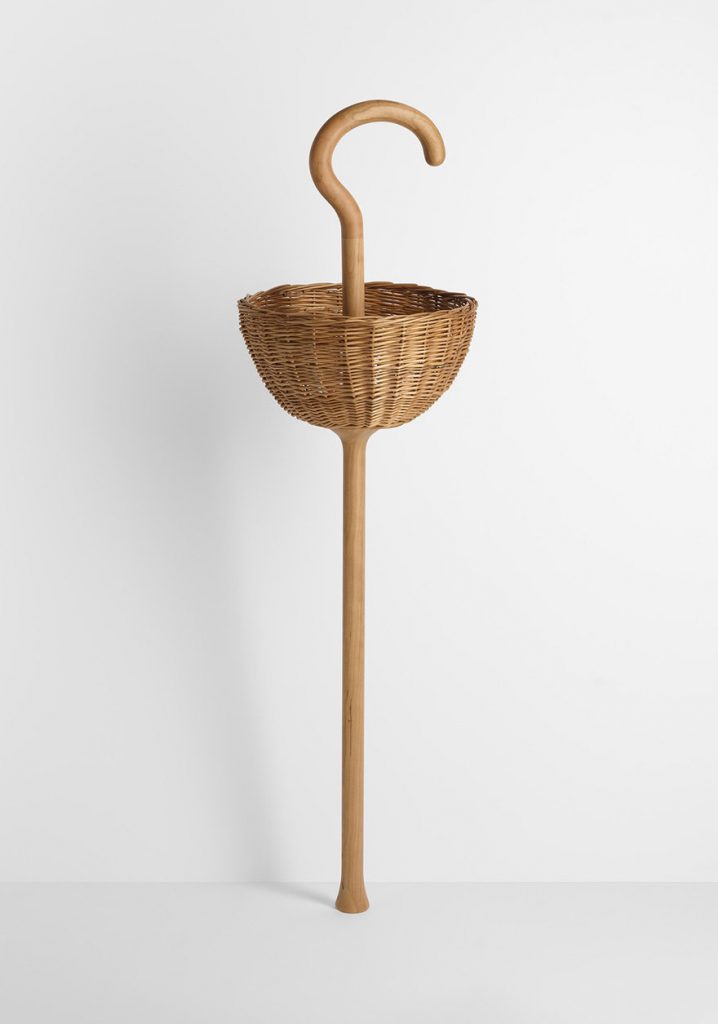
Cestino by Hugo Passos
At one point, it was a symbol of power. or religious status and later an icon of fashion and wealth. Though today it is commonly associated with senior adults and weakness, there are novel and fascinating ways to express personalities through canes designs.
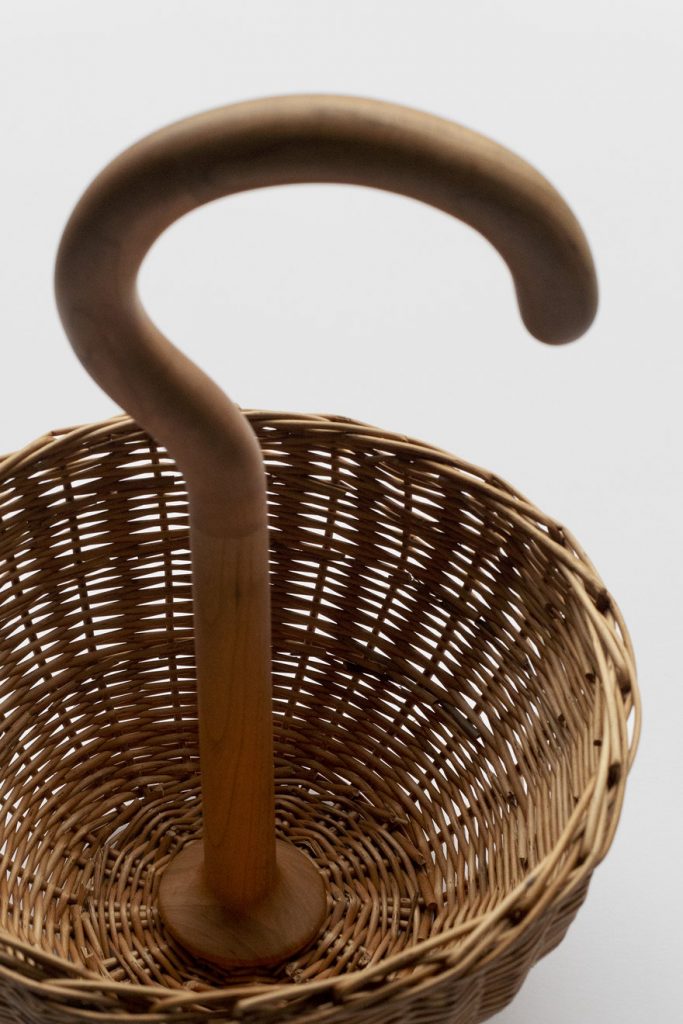
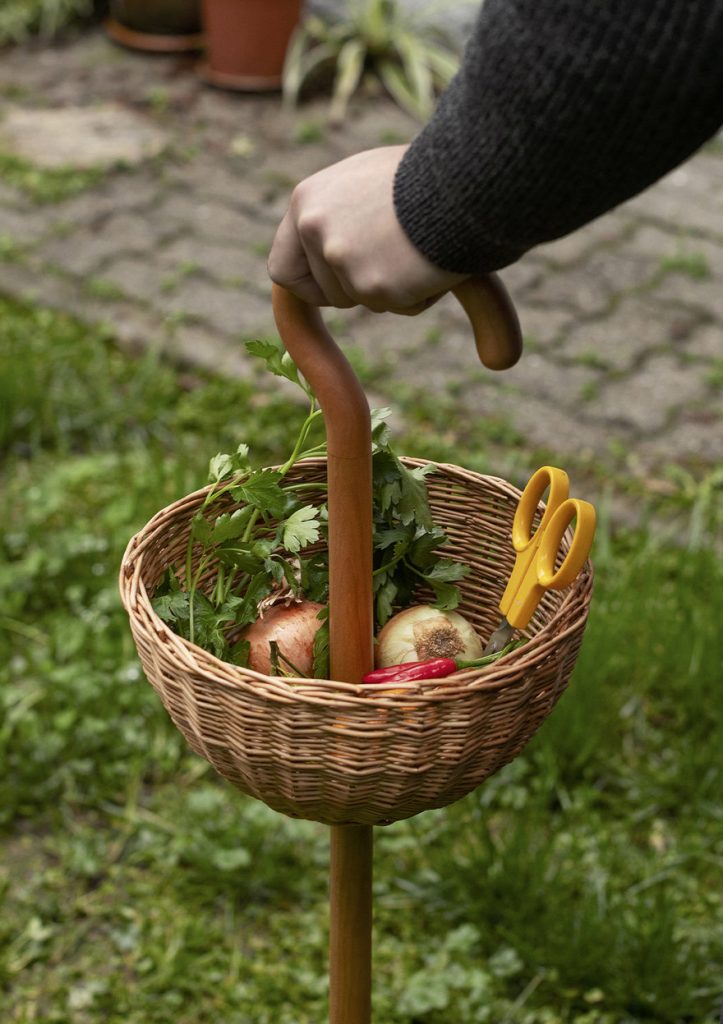
Cestino by Hugo Passos
Portuguese designer Hugo Passos has developed Cestino, a beautifully crafted wooden stick that features a small integrated basket for picking fruit and gathering things in the garden.
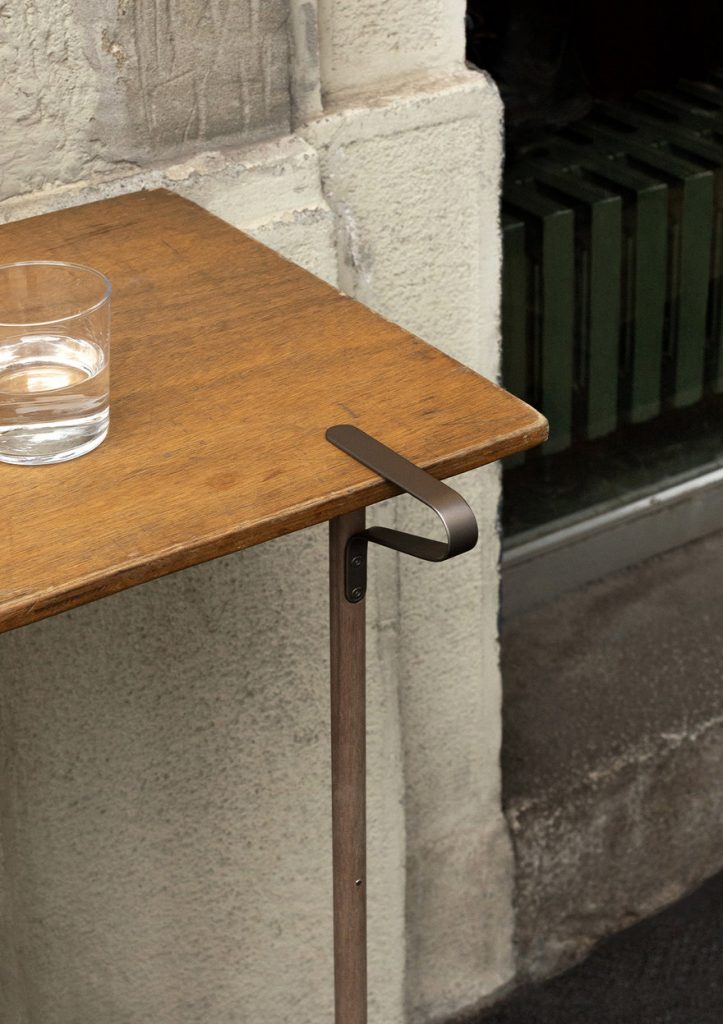
Milanese by Maddalena Casadei
Italian architect and designer Maddalena Casadei takes inspiration for her Milanese stick from tablecloth clamps.
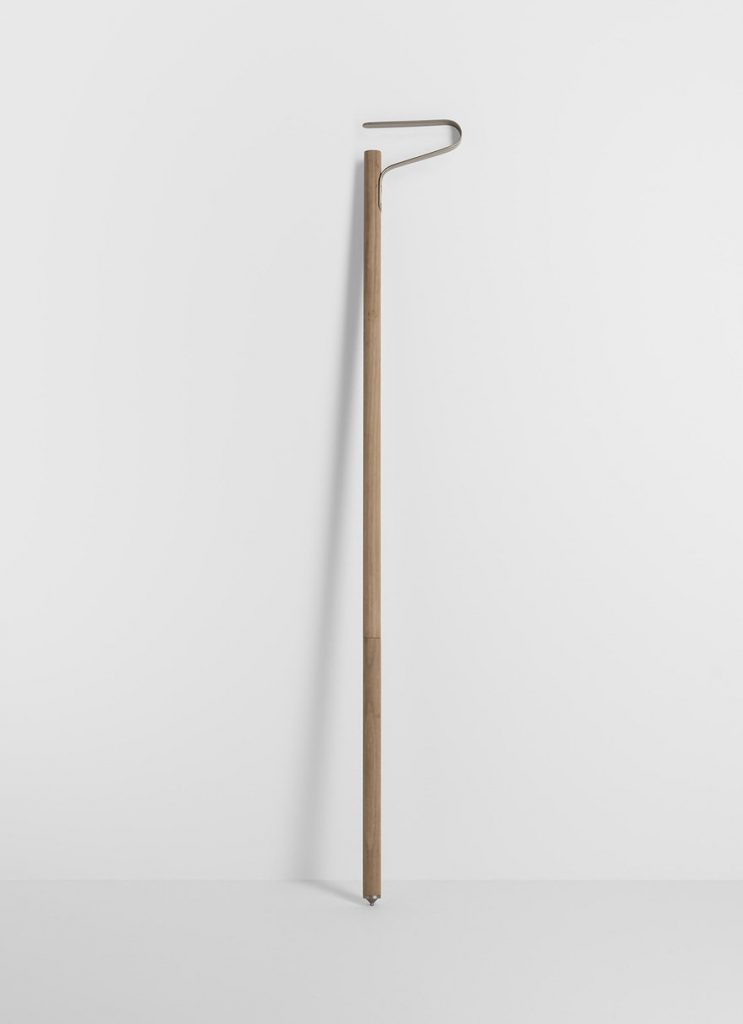
Milanese by Maddalena Casadei
The simple yet aesthetic design provides a secure way to hang the cane at a table.
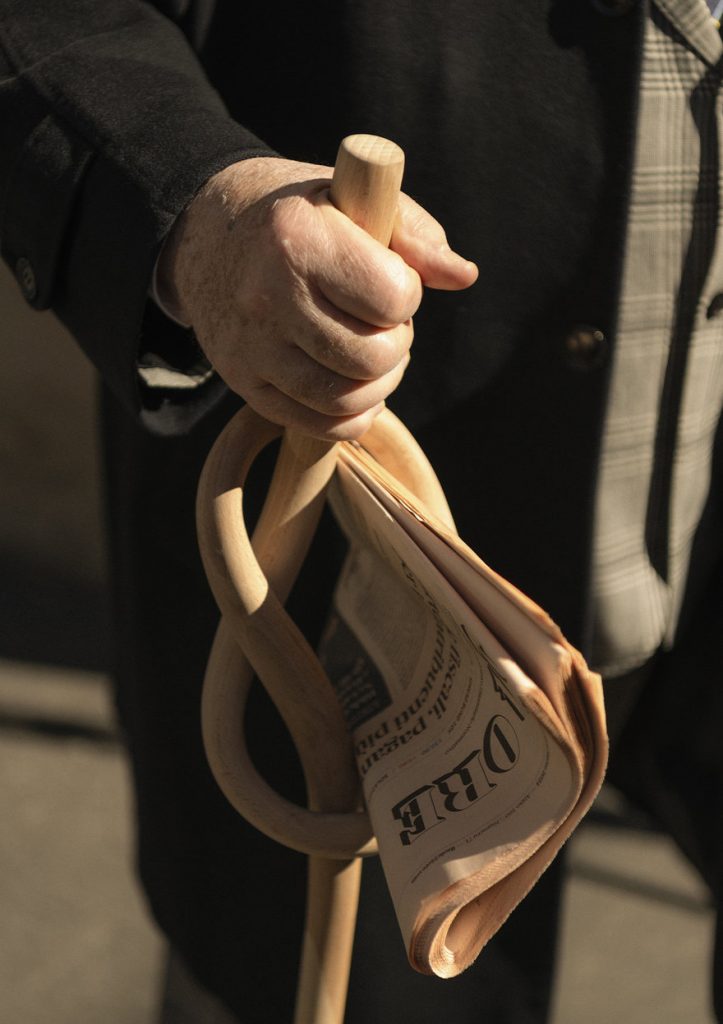
Gianni by Marialaura Irvine
Dedicated to her father, Gianni walking stick by Marialaura Irvine takes shape of an exquisitely crafted pretzel-like knot.
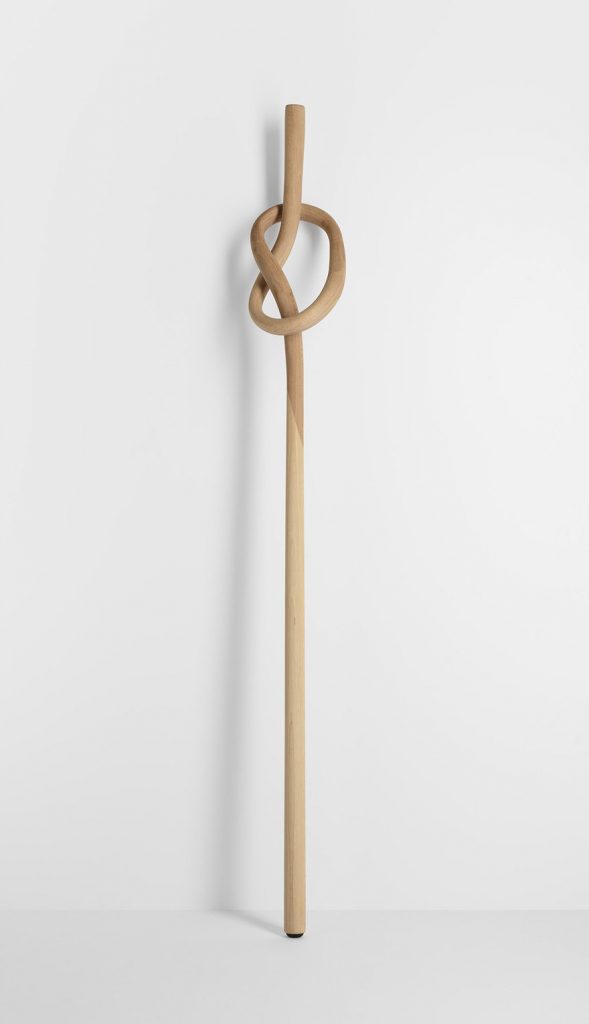
Gianni by Marialaura Irvine
The design was realized for the exhibition by furniture manufacturer Thonet.
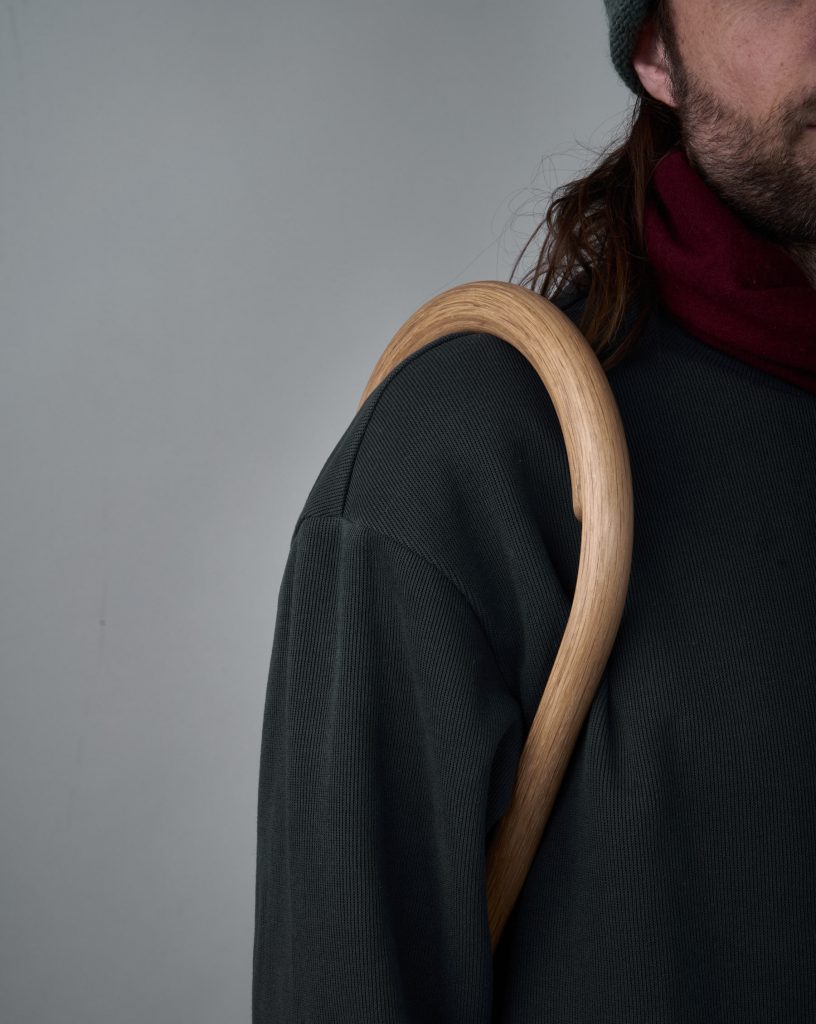
Circle by Anger Bak
Although not a part of the exhibition, Circle cane by Copenhagen-based designer and cabinet maker Anker Bak also deserves a mention in this post.
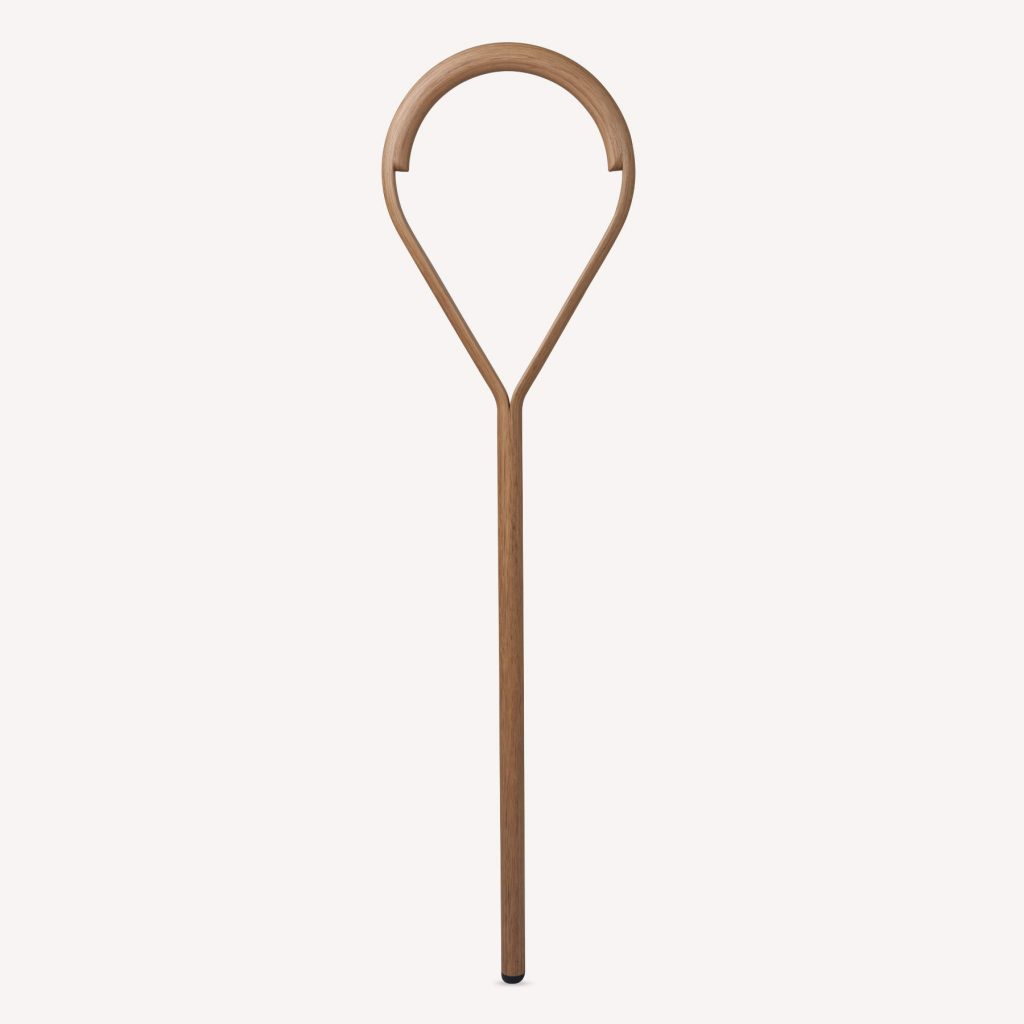
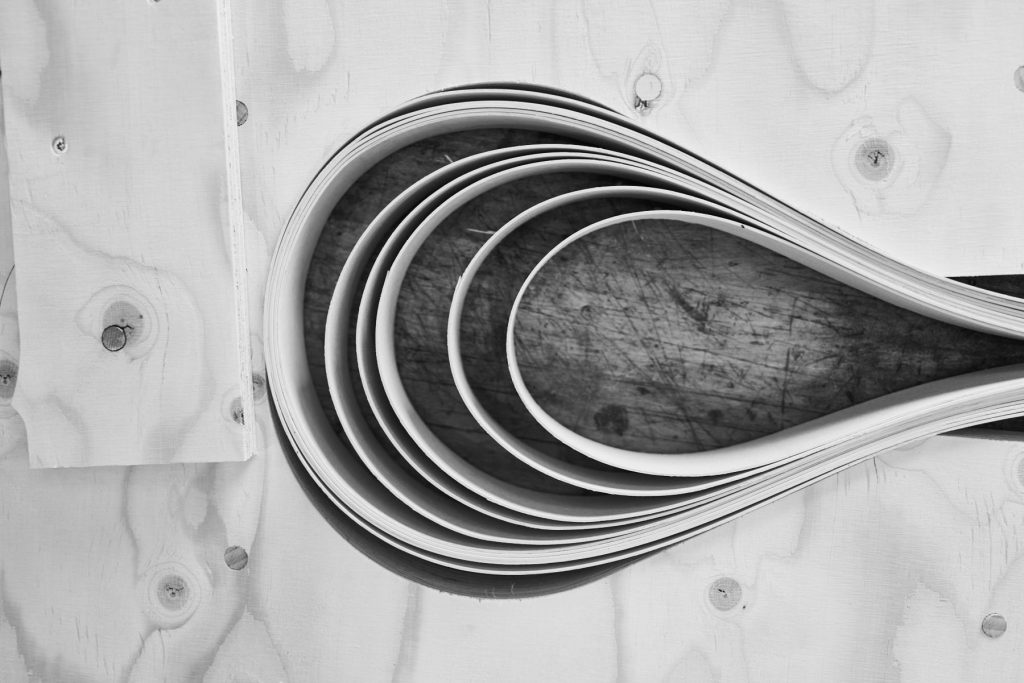
Circle by Anger Bak
The designer enlarged the shape of the handle to create an iconic shape and offer a beautiful addition to the home when it’s not in use. Made from moulded plywood, the large handle also allows the user to rest the cane over the shoulder when they need both hands free.